Buy the photo Tulips and windmills by Marc Hollenberg on canvas, ArtFrame, poster and wallpaper, printed on demand in high quality.
About "Tulips and windmills"
by Marc Hollenberg
About the artwork
The Mijzenpolder lies between the Beemster and Schermer, adjacent to the villages Schermerhorn, Ursem and Avenhorn and has its origin around the year 1000. From the geestgronden people start working and grazing the high peat soil in the northern tip of the Schermer Island and they try to keep it dry. The reclamation, with the associated drainage, led to the settling of the peat, which increased the risk of flooding. It was decided in the 13th century to build dikes, so that the water management could be better controlled, after which many new dikes and embankments followed. In the first half of the 17th century watermills were built to keep the water out of the polder in a controlled way. But the peat dikes around the polder also collapsed and could not prevent the polder from flooding twice. Raising the dikes was extremely slow, partly because the polder administration changed quite often and was divided among three villages. One of the oldest villages in the Schermer Island and surroundings was (West)Mijzen, which dates from the first century. Around that time the little chapel of St. Mary was also founded, which fell into disrepair in the 18th century and was eventually demolished. The Mijzen church was a daughter church of the church in Heiloo. In 2007 the Mijzenpolder was declared an 'Earth Heritage Site' by the province. This was despite the fact that in the early 1970s there were plans to flood the polder again for the benefit of recreation. However, this plan did not

About Marc Hollenberg
Hello everyone, how nice of you to end up at my work.
My name is Marc Hollenberg. I am a passionate photographer in photographing landscapes/nature. I became a carpenter in 2008 and worked in many different places, each time inspired by the beautiful landscapes that I drove through to..
Read more…
 Germany
Germany Ordered in November 2021
Ordered in November 2021
 Germany
Germany Ordered in July 2021
Ordered in July 2021
 Netherlands
Netherlands Ordered in November 2021
Ordered in November 2021
 Netherlands
Netherlands Ordered in October 2017
Ordered in October 2017
 Netherlands
Netherlands Ordered in December 2021
Ordered in December 2021
 Germany
Germany Ordered in January 2022
Ordered in January 2022
 Germany
Germany Ordered in February 2024
Ordered in February 2024
 Netherlands
Netherlands Ordered in June 2019
Ordered in June 2019
 Netherlands
Netherlands Ordered in June 2023
Ordered in June 2023
 Germany
Germany Ordered in April 2021
Ordered in April 2021
 Germany
Germany Ordered in February 2019
Ordered in February 2019
 Netherlands
Netherlands Ordered in January 2021
Ordered in January 2021
About the material
ArtFrame™
Interchangeable Art Prints
- High-quality print
- Easily interchangeable
- Acoustic function
- Large sizes available
Discover the artworks of Marc Hollenberg
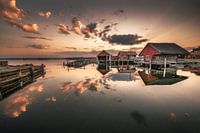 Little boathouse villageMarc Hollenberg
Little boathouse villageMarc Hollenberg Dear familyMarc Hollenberg
Dear familyMarc Hollenberg Northernlights about Namsskogan NorwayMarc Hollenberg
Northernlights about Namsskogan NorwayMarc Hollenberg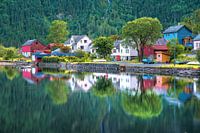 Odda NorwayMarc Hollenberg
Odda NorwayMarc Hollenberg Preikestolen NorwayMarc Hollenberg
Preikestolen NorwayMarc Hollenberg Towards the lightMarc Hollenberg
Towards the lightMarc Hollenberg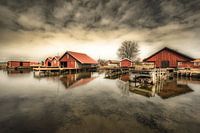 Another boathouse villageMarc Hollenberg
Another boathouse villageMarc Hollenberg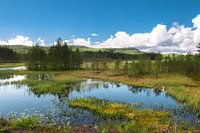 National park fulufjälletMarc Hollenberg
National park fulufjälletMarc Hollenberg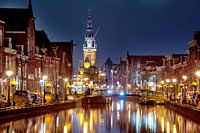 Alkmaar daredevilMarc Hollenberg
Alkmaar daredevilMarc Hollenberg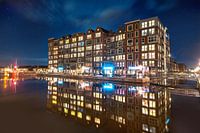 Peat Market AlkmaarMarc Hollenberg
Peat Market AlkmaarMarc Hollenberg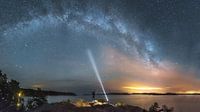 Milky Way tjust skärgård SwedenMarc Hollenberg
Milky Way tjust skärgård SwedenMarc Hollenberg Snowsteps into the lightMarc Hollenberg
Snowsteps into the lightMarc Hollenberg Milkyway in south swedenMarc Hollenberg
Milkyway in south swedenMarc Hollenberg Beach HargenMarc Hollenberg
Beach HargenMarc Hollenberg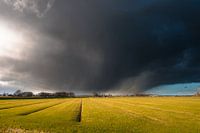 Bad weather over the countryMarc Hollenberg
Bad weather over the countryMarc Hollenberg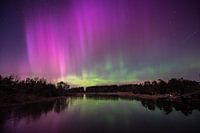 Northern lights over Stora AsköMarc Hollenberg
Northern lights over Stora AsköMarc Hollenberg Stockholm firework 2023 panoramaMarc Hollenberg
Stockholm firework 2023 panoramaMarc Hollenberg Northern lights over Sommarøy , NorwayMarc Hollenberg
Northern lights over Sommarøy , NorwayMarc Hollenberg Though morningMarc Hollenberg
Though morningMarc Hollenberg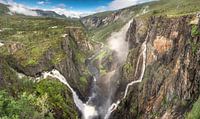 VøringsfossenMarc Hollenberg
VøringsfossenMarc Hollenberg
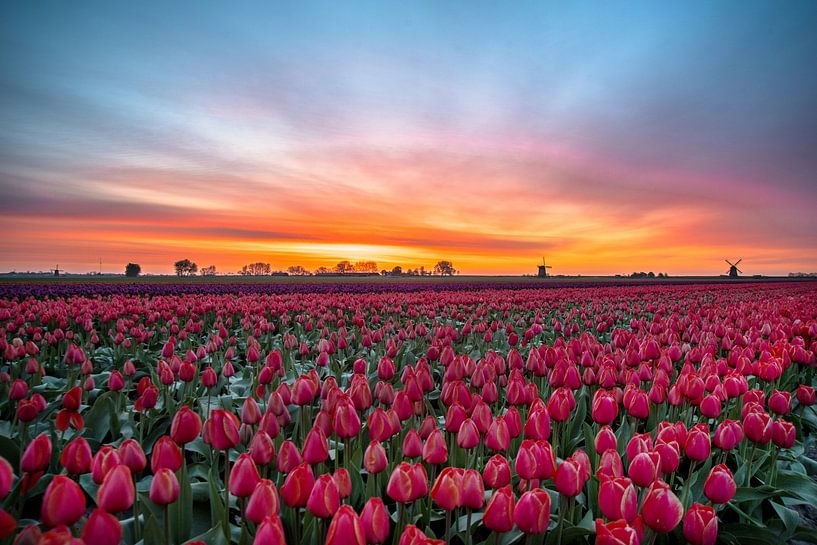












 Friesland
Friesland Joyful Moments
Joyful Moments Mills
Mills North Holland
North Holland Photo wallpaper
Photo wallpaper Photography
Photography Polder landscape
Polder landscape Romantic Moments
Romantic Moments Serene Peace
Serene Peace Sunrise
Sunrise Sunset
Sunset Tulip
Tulip









